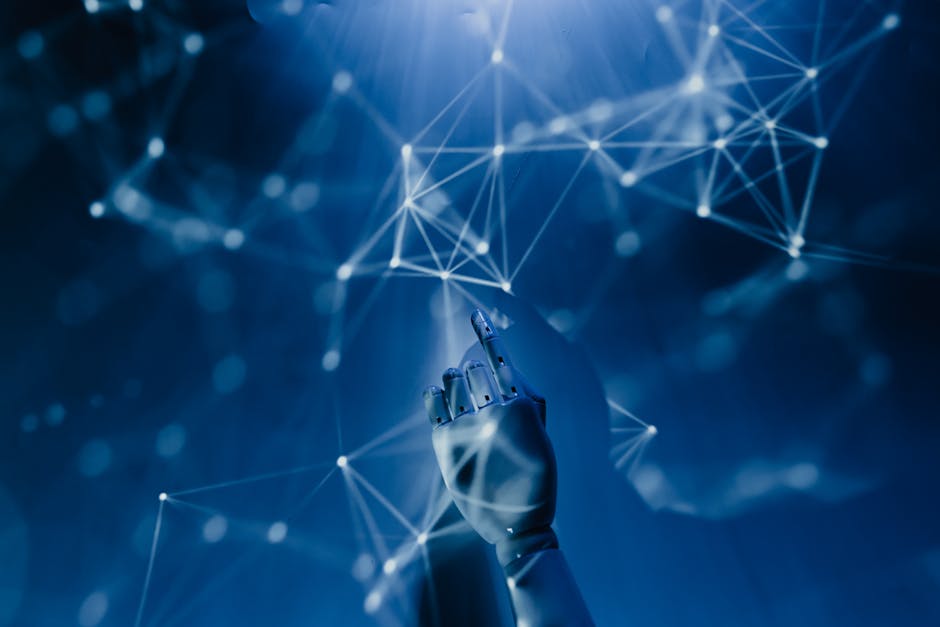It’s 3 AM in a Los Angeles editing suite. A director reviews 47 takes of the same scene, hunting for a continuity error that’s bugged her since yesterday. Her assistant pulls up an AI tool that flags the problem in seconds—a watch switching wrists between shots. She fixes it, saves four hours, and gets home before sunrise.
While writers picketed against AI in 2023, this quiet revolution was already happening inside Hollywood studios. AI co-pilots aren’t replacing creativity—they’re amplifying it by handling tedious tasks that used to eat creative time. The question isn’t whether Hollywood will use AI tools, but how quickly the industry admits it already does.
Hollywood’s Quiet AI Revolution
Major studios have integrated AI tools into production workflows for years, though they haven’t talked about it publicly.
While labor negotiations dominated headlines, VFX houses and post-production teams quietly deployed AI for rendering optimization, color correction, and compositing work. Marvel and Industrial Light & Magic pioneered these approaches in 2018, setting the stage for an industry-wide shift.
Today, the technology has spread beyond visual effects. Script coverage tools analyze structure and pacing, helping writers spot issues early. Continuity systems track props and costumes across hundreds of shots, catching errors that slip through. Pre-visualization software generates storyboard options from director notes, speeding up planning. Industry insiders estimate AI tools now appear in 60% of major studio productions—you just wouldn’t know it from the credits.
This adoption pattern makes sense given the pressures studios face. They needed efficiency gains to manage rising production costs, and AI offered solutions that didn’t require public announcements during sensitive labor talks. The result? A technology rollout that happened behind closed doors, away from public scrutiny.
What AI Co-Pilots Actually Do
Forget the sci-fi nightmare of AI writing entire scripts or directing films.
Real AI co-pilots function like capable interns who never sleep and have photographic memories. They handle specific, well-defined tasks rather than taking over creative control.
Script analysis tools like ScriptBook compare your screenplay against databases of 10,000+ successful films, flagging pacing issues, character inconsistencies, and dialogue patterns within minutes. They don’t rewrite your work—they highlight problems for you to address. It’s like getting instant feedback from someone who’s studied thousands of films.
Continuity tracking represents another major application transforming post-production. Traditional productions employ script supervisors to catch errors like that watch-switching-wrists problem. AI systems now scan footage automatically, reducing post-production fixes by 40-50% according to production companies testing the technology. That translates to fewer reshoots, lower costs, and less stress for everyone.
Pre-visualization AI generates storyboard options based on director descriptions and visual references. Instead of spending days sketching possibilities, directors review dozens of composition options in hours. The AI doesn’t make creative choices—it accelerates exploring them, giving directors more time to refine their vision.
The pattern holds across applications: AI handles analytical and repetitive tasks, leaving creative decisions in human hands. It’s less “robot filmmaker” and more “really smart spreadsheet that understands visual storytelling.”
The Creative Control Debate
Not everyone celebrates this efficiency. Traditionalists worry that AI suggestions homogenize storytelling by optimizing for patterns rather than innovation.
They point to algorithm-driven streaming content as a cautionary tale—formulaic plots designed to maximize engagement metrics rather than artistic vision.
The concern has merit. If AI tools trained on existing successful films recommend conventional choices, creators drift toward safe, predictable storytelling. The technology could reinforce industry biases rather than challenge them, stifling the bold experimentation that leads to breakthrough films.
Proponents counter that AI frees creators from tedious tasks to focus on genuine innovation. Directors using AI continuity tools report spending 30% more time on performance nuances and emotional storytelling—the elements that make films memorable. The technology handles mechanical stuff so humans can focus on art that matters.
This debate mirrors historical resistance to every new creative tool. Film purists rejected digital cameras, sound designers resisted computer editing, and photographers feared Photoshop would destroy their craft. Each time, the technology became standard once creators learned to use it strategically rather than letting it dictate choices.
The real question isn’t whether AI diminishes creativity, but whether creators maintain intentional control over when and how they use these tools. That distinction makes all the difference.
Early Adopters and Results
Production companies experimenting with AI co-pilots see measurable benefits beyond simple cost savings.
Independent productions using AI script analysis and scheduling tools complete projects 30-40% faster with similar budgets. A24 and Blumhouse have quietly tested AI tools on several productions, though they haven’t publicized specifics—likely to avoid controversy during ongoing industry discussions.
One Netflix series reduced production days by 15% while improving quality by using AI continuity tracking and research assistance. The showrunner reported more time for creative collaboration with writers and actors—the human interactions that matter for storytelling. That extra time translated into stronger performances and more nuanced character development.
Success stories share a common approach: treating AI as a junior creative assistant requiring oversight, not an autonomous decision-maker. The most effective adopters review AI suggestions critically, accepting some and rejecting others based on creative vision. They use the technology to expand possibilities rather than narrow them, maintaining their artistic voice throughout.
This collaborative mindset defines the difference between AI as a tool and AI as a crutch. The former amplifies human creativity; the latter replaces it.
The Cultural Shift Ahead
Hollywood’s relationship with AI is undergoing generational change that will reshape the industry.
Film school surveys show 75% of students expect to use AI professionally—they view these tools as naturally as editing software. The stigma older creators associate with automation doesn’t resonate with emerging filmmakers who grew up with algorithmic recommendations and AI assistants.
Industry guilds are negotiating AI usage frameworks to ensure transparency, credit attribution, and human creative control. The Writers Guild and SAG-AFTRA agreements include AI provisions, though implementation details remain contentious. [6] These negotiations will likely set precedents for creative industries beyond Hollywood.
Public opinion adds another pressure point studios can’t ignore. While 86% of consumers believe creators should disclose AI use in media production, viewers distinguish between applications. They support AI for visual effects and dialogue translation but oppose AI replacing human actors and screenwriters. [1][6] This nuanced view suggests audiences understand the difference between AI as a tool and AI as a replacement.
The question is no longer if Hollywood will use AI, but how transparently and ethically it does so. Studios that establish clear guidelines and communicate openly about AI assistance will build more trust than those hiding their technology use. Transparency could become a competitive advantage.
Competitive pressure will accelerate adoption regardless of public sentiment. As AI tools for video generation improve weekly, productions using these technologies gain efficiency advantages. [5] Studios that resist AI collaboration risk falling behind competitors who embrace it strategically.
AI co-pilots are already transforming Hollywood production, handling repetitive tasks and accelerating workflows while leaving creative vision in human hands. The technology isn’t replacing filmmakers—it’s giving them superpowers to focus on what matters: telling compelling stories that move audiences.
Success requires viewing AI as a collaborative tool rather than a replacement, maintaining intentional control over when and how to use these capabilities. The best creative work has always combined human vision with powerful tools. AI co-pilots are simply the latest evolution in that tradition, continuing a pattern that stretches back to the invention of the camera itself.
Consider watching for transparency from your favorite creators about their AI workflows. The conversation is shifting from fear to strategic implementation—and that shift will define Hollywood’s next chapter.

 Photo by
Photo by  Photo by
Photo by  Photo by
Photo by  Photo by
Photo by  Photo by
Photo by